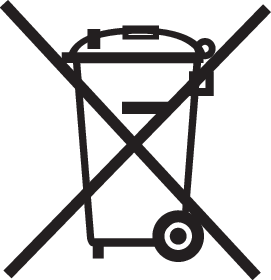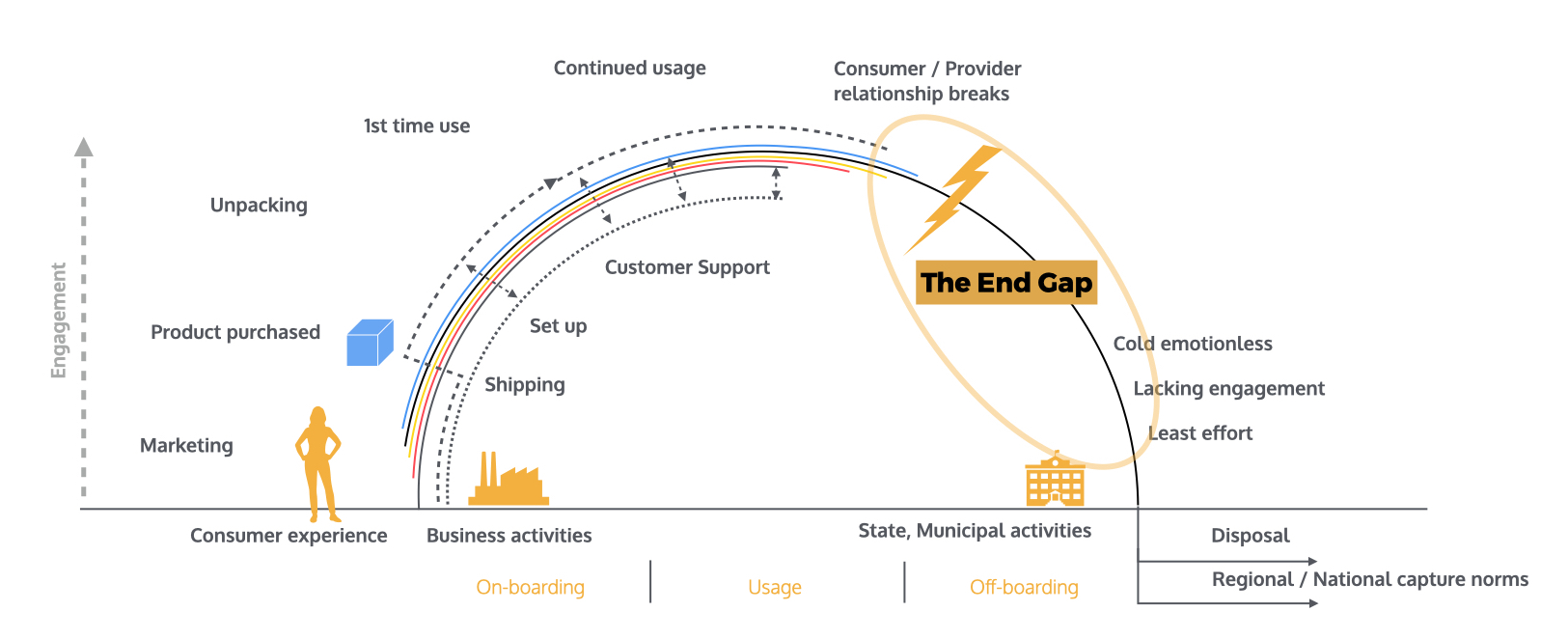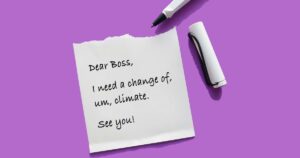I love beginnings: a new project at work, a new t-shirt when my old one falls apart at the seams, a new season for my favorite hockey team.
The first few lines of a book are no exception, often a harbinger of things to come. This calls to mind great opening lines like, “It was the best of times, it was the worst of times,” or “One fish, two fish, red fish, blue fish.”
Joe Macleod’s 2022 book, “Endineering,” starts with the following: “Many of us feel lost. Trapped in the oscillation between consumerism and concern. At one end are powerful, short-term individualistic desires satisfied by consumerism. At the other, the guilty experience of an overburdened environment and society.”
From this promising opening, Macleod offers a how-to guide for companies to consider around the "endings" of a product or service. In my various interactions with Macleod, I’ve learned a few key things about building better consumer off-boarding processes. He stresses the importance of building an emotional connection beyond the marketing, sales and onboarding of a product and extending it through the inevitable end of the relationship between the user and the product. He also encourages businesses to recognize the opportunities that arise when they put resources toward filling the gap at the end of a product’s life with a good customer experience.
Macleod defines endineering as “a shorthand term which refers to the practice, philosophy, tools and methods of creating consumer off-boarding experiences of a product, service or digital product.”
The importance of emotional connection
Companies have put considerable resources into the marketing, sales, packaging and shipping of products to tie to peoples’ emotions. Product teams think deeply about how a consumer feels when they use a product.
For the most part, though, companies haven’t finished the process. Once a product is in the customer’s hands, problematic characteristics of bad endings arise, according to Macleod:
- The relationship breaks: The relationship between customer and producer is complete after the initial transaction
- Asset definition is lost: When a product is no longer useful to the customer, the lack of infrastructure to continue usefulness diminishes its value
- Actors and actions are anonymized: We don’t know where our waste goes, and the producer doesn’t follow the product or material’s progress past the initial sale
- Routes to neutralizing are blurred: It is often difficult to figure out how to properly get rid of a product. We keep things we don’t need, dispose of them irresponsibly or donate in hopes that the nonprofit knows what to do with it. The product’s value is lost and its environmental impact locks in after a single use
The tendency of companies to abandon customers after onboarding leaves them feeling alone and abandoned, Macleod writes. Companies even make a smooth off-boarding process difficult to achieve. A common example is to design a product for disassembly and recyclability without providing the end user with a realistic method to achieve that end.
In addition, companies use sterile, impersonal language for product off-boarding, which third parties, government entities and legislation often facilitate. Emotionless ends are missed opportunities. As a society, we tend to undervalue product ends so much that it results in on-package labeling that only tells a user what not to do.
“You can’t do don’t; it is unactionable,” Macleod said recently. One example is the symbol showing a crossed-out trash bin. The product offers no instructions and only shows what not to do. To complicate matters further, many localities in the U.S. instruct to toss the products into the trash because no other waste handling method exists nearby.

"Endings form a bridge between consumption and actionable improvements to consumerism,” Macleod offers. Designing products, services and digital assets with a responsible and connected end in mind can reduce consumer stress and guilt and increase satisfaction, he says.
What companies stand to gain
Companies can gain a lot by filling the end gap, yet risk much if they fail. Customers want a good ending to their experience and despise entrapment. “People like a safe, low risk way out,” Macleod writes.
Requiring too much of a customer to leave your service (think online accounts that are difficult to cancel) or dispose of your product (think dreadful toy packaging) can leave a bad taste. It’s popular knowledge that maintaining customers is much cheaper than acquiring new ones, so providing a good off-boarding experience for those who have already engaged may encourage another purchase.

Closing the end gap can preempt future responsibility for emerging regulations around the right to repair, data protection and portability, Scope 3 emissions and the Waste from Electronics and Electronic Equipment (WEEE) directive in the European Union. In my decade of experience in product sustainability, there were rarely initiatives we undertook that didn’t set us up for future regulatory success.
Thinking about the end of a product lifecycle also affects innovation. Directly, a company can use novel, higher value materials in new products if it can reasonably expect to get them back after the initial use. Indirectly, keeping a relationship with customers provides additional feedback loops to guide future innovation.
Last, and maybe most importantly for the circular economy, is the missed opportunity for sustainability when a company provides an unsatisfying end. Many products, such as apparel and electronics, remain resaleable. Some are repairable and others can be dismantled and recycled without even returning to the original manufacturer.
“Without the emotional engagement of the consumers at the end, businesses who aim to achieve circularity will be trapped sourcing recycled materials from mass collection and reprocessing methods that even now are under strain globally,” Macleod says.
- SEO Powered Content & PR Distribution. Get Amplified Today.
- PlatoData.Network Vertical Generative Ai. Empower Yourself. Access Here.
- PlatoAiStream. Web3 Intelligence. Knowledge Amplified. Access Here.
- PlatoESG. Carbon, CleanTech, Energy, Environment, Solar, Waste Management. Access Here.
- PlatoHealth. Biotech and Clinical Trials Intelligence. Access Here.
- Source: https://www.greenbiz.com/article/endineering-solves-missing-link-circular-economy
- :is
- :not
- :where
- $UP
- 001
- 2022
- 7
- a
- About
- According
- Accounts
- Achieve
- acquiring
- actions
- addition
- Additional
- After
- aim
- alone
- already
- also
- an
- and
- Another
- apart
- apparel
- ARE
- arise
- around
- AS
- Assets
- At
- back
- Bad
- BE
- because
- BEST
- Better
- between
- Beyond
- BIN
- Blue
- book
- breaks
- BRIDGE
- Building
- businesses
- by
- Calls
- CAN
- characteristics
- cheaper
- circular economy
- collection
- come
- Common
- Companies
- company
- complete
- Concern
- connected
- connection
- Consider
- considerable
- consumer
- consumerism
- Consumers
- consumption
- continue
- Creating
- customer
- customer experience
- Customers
- data
- data protection
- decade
- deeply
- Defines
- definition
- Design
- designing
- difficult
- digital
- Digital Assets
- directly
- dispose
- do
- Doesn’t
- donate
- Dont
- economy
- Electronic
- Electronics
- emerging
- Emissions
- emotions
- encourage
- encourages
- end
- ending
- ends
- engaged
- engagement
- entities
- Environment
- environmental
- equipment
- European
- european union
- Even
- example
- exception
- exists
- expect
- experience
- Experiences
- extending
- facilitate
- FAIL
- Falls
- Favorite
- feedback
- feel
- feeling
- feels
- few
- Figure
- filling
- First
- Fish
- follow
- following
- For
- form
- Free
- from
- further
- future
- Gain
- gap
- get
- Globally
- Goes
- good
- Government
- Government Entities
- great
- guide
- guilty
- Handling
- Hands
- Have
- he
- higher
- hopes
- How
- How To
- HTTPS
- if
- Impact
- importance
- importantly
- improvements
- in
- Increase
- indirectly
- inevitable
- Infrastructure
- initial
- initiatives
- Innovation
- instructions
- interactions
- interested
- into
- IT
- ITS
- joe
- Keep
- keeping
- Key
- Know
- knowledge
- knows
- labeling
- Lack
- language
- learned
- learning
- Leave
- Legislation
- Life
- lifecycle
- like
- lines
- LINK
- Locks
- longer
- lost
- Lot
- love
- Low
- maintaining
- make
- Manufacturer
- many
- Marketing
- Mass
- materials
- Matters
- May..
- maybe
- method
- methods
- mind
- missed
- missing
- more
- most
- much
- my
- Need
- New
- new products
- Newsletter
- no
- Nonprofit
- novel
- now
- of
- Offers
- often
- Old
- Onboarding
- once
- ONE
- ones
- online
- only
- opening
- opportunities
- Opportunity
- or
- original
- Other
- Others
- our
- out
- packaging
- part
- parties
- past
- philosophy
- plato
- Plato Data Intelligence
- PlatoData
- Popular
- portability
- powerful
- practice
- process
- processes
- producer
- Product
- product lifecycle
- Products
- Progress
- project
- promising
- properly
- protection
- provides
- providing
- purchase
- put
- rarely
- realistic
- recently
- recognize
- recycled
- Red
- reduce
- refers
- regulations
- regulatory
- relationship
- remain
- repair
- Resources
- responsibility
- responsible
- Results
- returning
- Rid
- right
- Risk
- s
- safe
- Said
- sales
- satisfaction
- satisfied
- says
- scope
- Season
- service
- Services
- set
- Shipping
- short-term
- shorthand
- showing
- Shows
- single
- smooth
- So
- Society
- Solves
- some
- Sourcing
- stand
- starts
- stress
- success
- such
- Sustainability
- symbol
- taste
- team
- teams
- tells
- tend
- term
- than
- that
- The
- their
- Them
- There.
- they
- things
- think
- Third
- third parties
- this
- those
- though?
- Through
- TIE
- times
- to
- too
- tools
- toss
- toward
- toy
- trapped
- two
- u.s.
- under
- union
- us
- use
- User
- value
- various
- want
- was
- Waste
- Way..
- we
- weekly
- were
- What
- when
- which
- WHO
- will
- with
- without
- Work
- Worst
- yet
- Your
- zephyrnet












